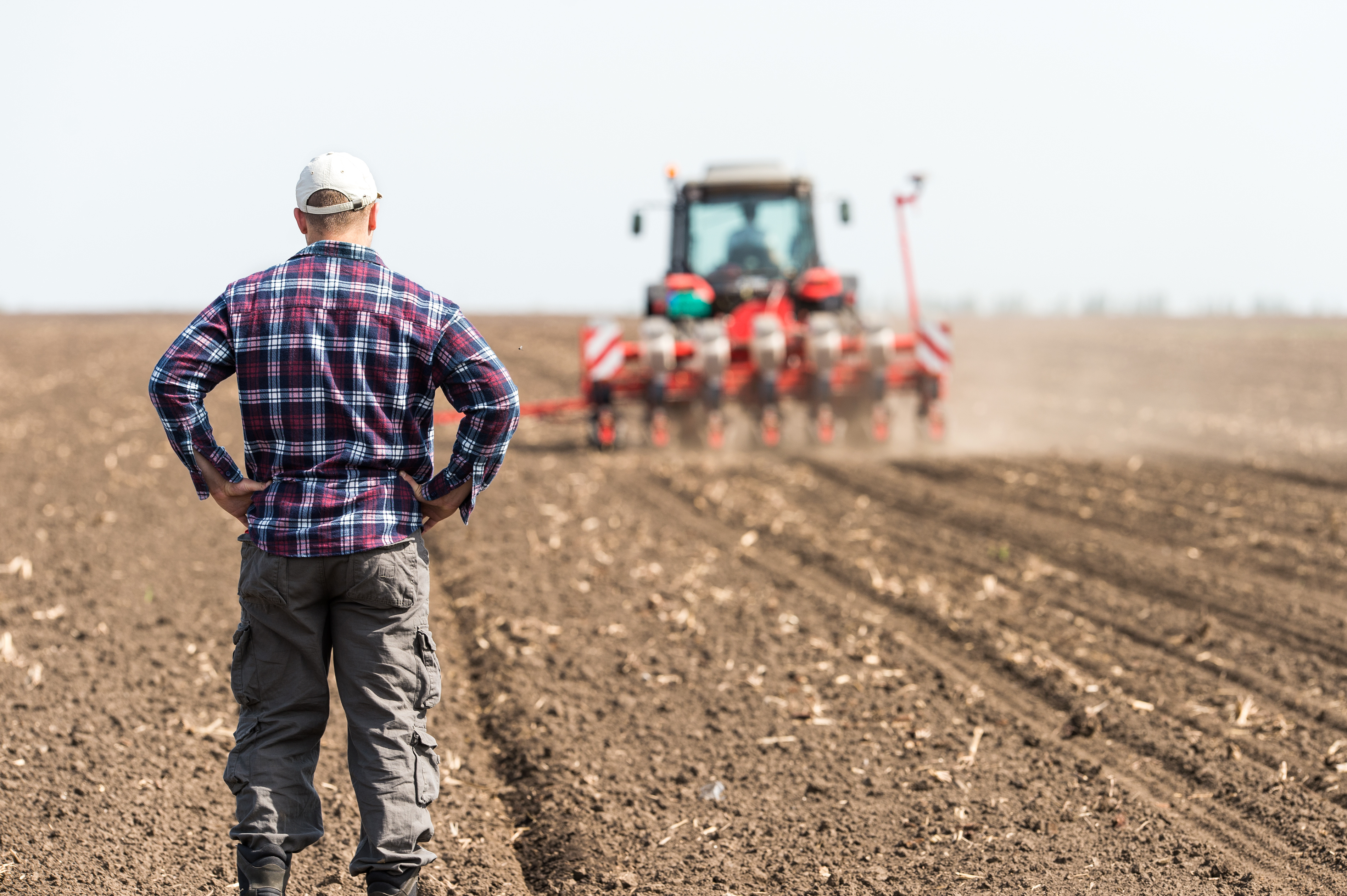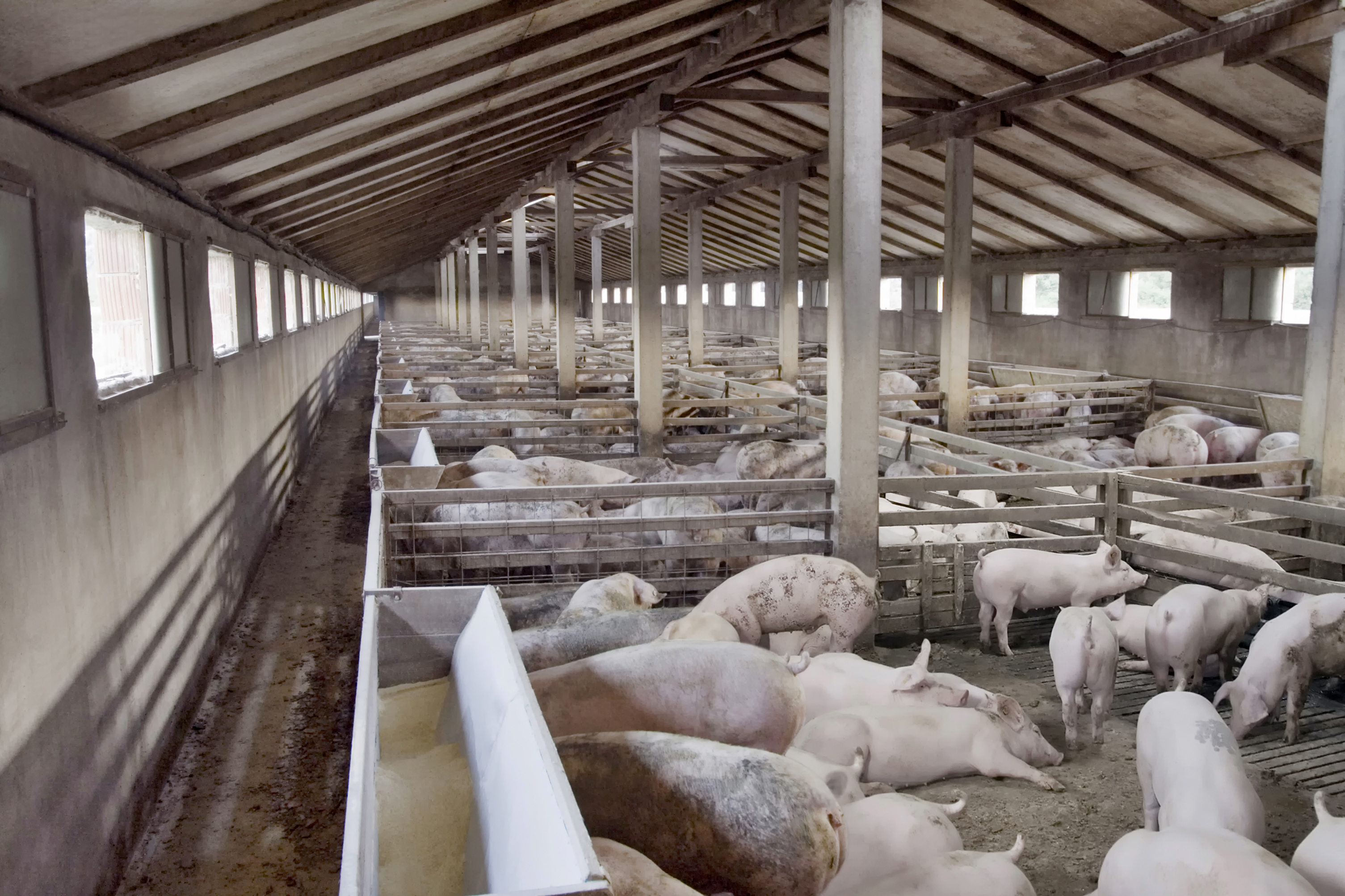



President Biden's proposed infrastructure plan could significantly impact rural America, says CoBank analysis
The latest analysis from CoBank finds that the US economy is gathering momentum after the COVID-19 crisis and that policy decisions and the proposed infrastructure plan will have far-reaching impacts on rural industries.












